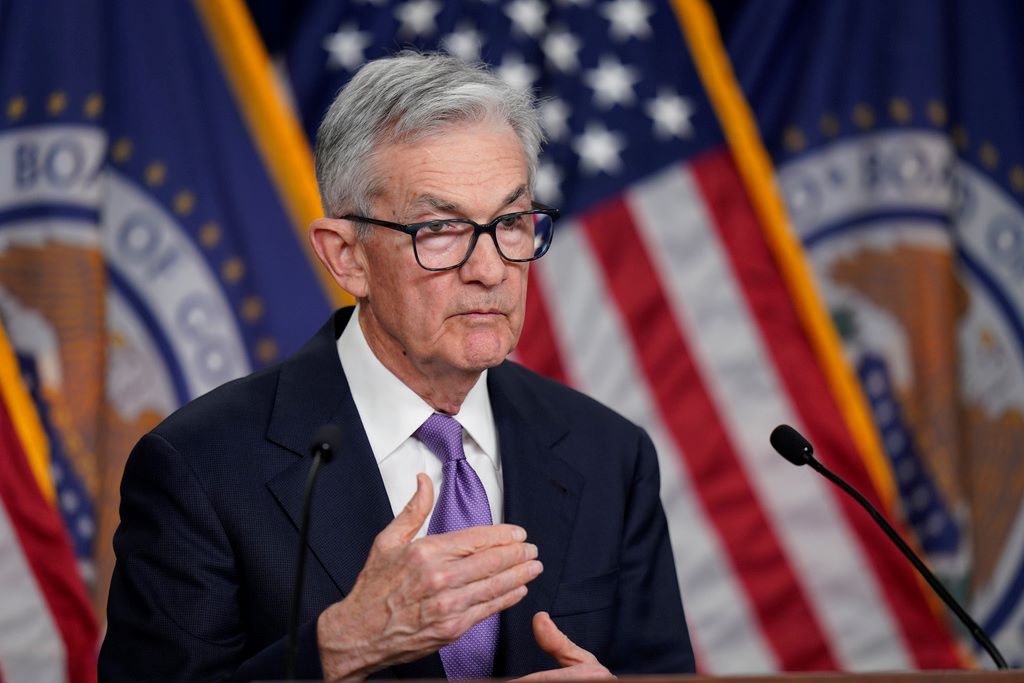Wall Street believes that this week’s consumer-price inflation data nearly guarantees a Federal Reserve interest rate cuts in September. This anticipated reduction has led to considerable optimism, but the crucial question remains: What will these cuts actually achieve?
Inflation, Unemployment, and Rate Cuts
The prevailing narrative claims that Fed Chairman Jerome Powell aimed his aggressive rate hikes at controlling inflation. Inflation is now easing, but unemployment is rising due to higher borrowing costs impacting consumer spending and business investment. As a result, Powell is under pressure to lower rates to prevent a recession.
According to this argument, real interest rates have been tightening continuously despite the Fed last raising its short-term federal funds rate in July 2023. As inflation decreases, the real interest rate, which reflects the nominal rate adjusted for inflation, increases. Maintaining current nominal rates while inflation falls would effectively tighten policy further as the economy weakens.
Main Street and Business Investment
While this view might be accurate for the broader economy, it’s not necessarily relevant for Main Street. American consumers are reducing their spending after a period of significant outlays. This shift may be due to the depletion of pandemic-era savings or a change in sentiment. This change, with the exception of housing, may not respond significantly to modest interest-rate cuts.
Business investment has also been inconsistent, but current interest rates are not unusually high by historical standards. The key barriers to investment may be political uncertainties such as potential tax hikes or tariffs rather than interest rates alone.

US Producer Prices Fall Short of Expectations in July Amid First Drop in Service Costs This Year
US producer prices in July rose by a smaller margin than anticipated, as the service sector experienced its first decline in costs this year, reflecting a broader trend of moderating inflationary pressures.
The Financial Sector’s Reaction
The Fed’s primary concern is likely Wall Street and the broader financial system. Rate cuts may drive up asset values, but analysts might overstate the long-term benefits. The policy shift won’t address major risks like the medium-term repricing of global risk in line with policy normalization, which is already in progress.
Financial Risks: Banks and Commercial Real Estate
Rate cuts are unlikely to resolve underlying financial risks for banks and commercial real estate. Banks continue to hold substantial amounts of depreciated bonds from a period of lower rates. The Federal Deposit Insurance Corp. reports unrealized losses on investment securities totaling $517 billion. This is down from a peak of $690 billion but remains significantly high.
Challenges confront commercial real estate, as lenders expect $323 billion in securitized loans to mature by 2025, requiring refinancing at higher rates. This sector, often seen as a potential crisis point, will likely experience further stress regardless of the Fed’s actions.
Embark on a complete financial journey with a dual subscription to The Wall Street Journal and Barron’s. Receive 52 weeks of The WSJ in print, delivered Monday through Saturday, along with both print and digital access. Barron’s offers insightful analysis with weekly home delivery and online access. Whether you’re an experienced investor or just starting out, secure this powerful toolkit today to advance and enhance your financial expertise.
Interest Rate Cuts Interest Rate Cuts

